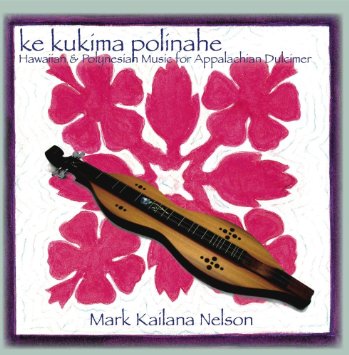Healthy Living- healthy eating, exercise, weight loss, veggie gardening, etc.
OFF TOPIC discussions
For most of my life I jogged pretty regularly. It was a cheap way of getting really good exercise and could be done anywhere in the world. And sometimes I was able to enjoy really scenic runs, such as the hills above Berkeley overlooking San Francisco Bay, the SF skyline, and the Golden Gate Bridge, or a run I used to do in the rolling hills of Iowa where I would see no other people or cars for an entire 6-mile run. But recently some problems with my feet, ankles, and knees have made it kind of risky for me to run on the roads. Eventually I joined a gym and it took me about a full year of running on the treadmill regularly before I taught myself to do it. The meditative zen that I could achieve on the roads when I was lost in my own thoughts was really hard to find on a machine in a brightly lit room next to another machine with another person huffing and puffing and another machine next to that one and . . . . Eventually I learned to ignore my surroundings and get into a groove despite the fact that dozens of strangers were sweating only a few feet from me. I can't say that it's not boring but rather that eventually I learned how to do it despite the boredom.
Strumelia said:
No, the bicycling to the gym part is not boring, it's the 'stationary' treadmill at the gym that's boring. I'm never bored riding my bike.




 Peter mentioned Down by the Sally Gardens as well, so I'll be learning that one and adding it for sure. Thanks!
Peter mentioned Down by the Sally Gardens as well, so I'll be learning that one and adding it for sure. Thanks!